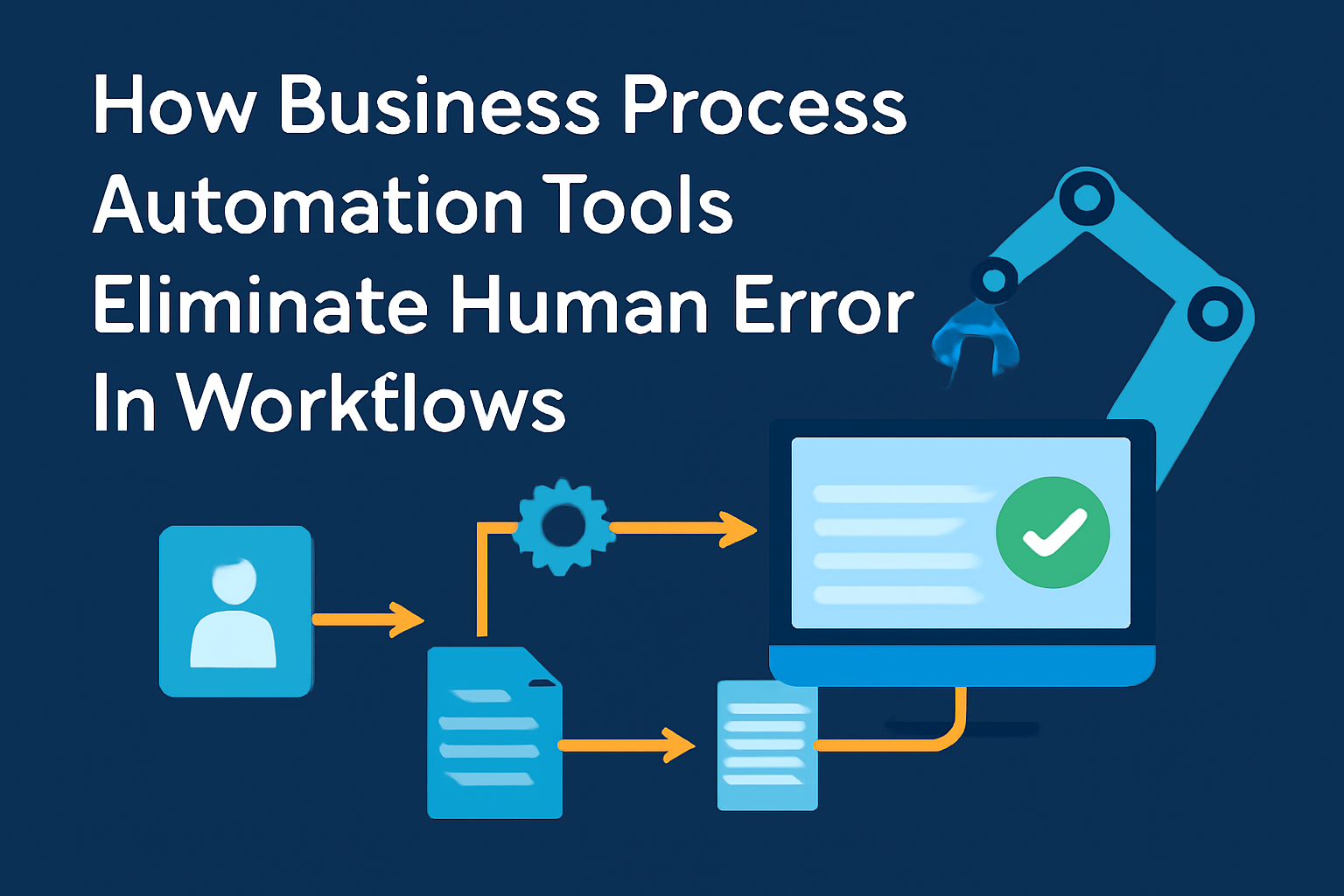
Whether it’s a customer-facing mobile app, an internal business process automation tool, or a complex enterprise system, the need for software development is undeniable. However, the path to creating these applications isn’t always the same. This often leads to a discussion around low code vs high code, as two dominant approaches have emerged: traditional “high code” development and the increasingly popular “low code” development.
What is High Code (Traditional Development)?
Let’s start with the approach that has been the standard for decades: high code, also known as traditional or conventional software development.
High code development involves writing software applications primarily by hand using programming languages. Developers write line after line of source code, instructing the computer on exactly what to do. This process requires a deep understanding of programming languages (such as Python, Java, C#, JavaScript, Ruby, etc.), software architecture, algorithms, data structures, and various development tools and frameworks.
In a high code environment, developers typically use Integrated Development Environments (IDEs) which provide tools for writing, debugging, and testing code. They manage code changes using version control systems like Git, collaborate within development teams, and follow structured development methodologies like Agile or Waterfall. Building an application from scratch using high code means constructing everything – from the user interface (UI) and backend logic to database interactions and integrations with other systems – through written code.
Characteristics of High Code Development:
- Manual Coding: Developers write and maintain source code line-by-line using text editors or integrated development environments (IDEs). Every feature, function, and interaction is hand-coded, offering precision but requiring time and expertise.
- Language Specificity: Projects are typically built using specific programming languages (e.g., JavaScript, Python, Java, C#), and developers need a deep understanding of syntax, paradigms, and best practices associated with each.
- Framework Reliance: While the codebase is custom-built, high code development often leverages frameworks and libraries to handle common tasks—like routing, data access, or security—reducing redundancy and enforcing structure (e.g., React, Angular, Laravel).
- Full Control: Developers can fine-tune every part of the application, from UI behavior to backend architecture, performance optimizations, and custom logic. This level of control makes high code ideal for complex or highly specific requirements.
- Complex Toolchains: The development lifecycle includes a range of specialized tools—version control systems (e.g., Git), testing frameworks, build tools, CI/CD pipelines, and deployment platforms. Managing this toolchain adds complexity but supports scalable, maintainable systems.
What is Low Code Development?
Low code development is an approach to building applications with minimal manual coding. It utilizes visual development environments, pre-built components, and model-driven logic to accelerate the development process. Instead of writing extensive lines of code, developers (or even business users with technical aptitude) can assemble applications using drag-and-drop interfaces, visual modelers for workflows and data structures, and configuration options.
Low code platforms provide a layer of abstraction over the underlying code infrastructure. They come with pre-built elements for common application functions, such as user interfaces, data management (forms, tables), business logic (workflows, rules), and integrations with popular systems (databases, APIs, cloud services).
The idea is to reduce the need for writing repetitive code and allow developers to focus on the unique aspects of the application, or in some cases, empower individuals who are not traditional programmers to build functional applications (“citizen developers”). While the name suggests “low code,” complex applications often still require some level of traditional coding (custom JavaScript, CSS, or server-side code) to extend the platform’s capabilities, integrate with niche systems, or implement highly specific logic.
Characteristics of Low Code Development:
- Visual Development: Most interactions happen through drag-and-drop interfaces and visual workflows, allowing users to design applications without writing much code.
- Pre-built Components: Platforms offer libraries of reusable UI elements, logic blocks, and third-party integrations (like payment gateways or CRM connectors), reducing the need to build features from scratch.
- Model-Driven Logic: Instead of manually coding logic and data structures, users define them through visual models that represent business rules, workflows, and database relationships, making them easier to modify.
- Abstraction of Complexity: Technical details like server configuration, deployment pipelines, and database optimization are handled in the background. Developers focus on functionality rather than infrastructure.
- Rapid Application Development (RAD): These platforms are built to get apps up and running quickly, making them ideal for MVPs, internal tools, and projects with tight deadlines or frequent change requests.
The Differences Between Low Code vs High Code
Now that we’ve broken down each approach, here’s how they stack up side by side across the most important factors:
| Feature | High Code Development | Low Code Development |
| Development Speed | Building applications takes longer because every feature, integration, and user interface element must be coded manually. The process is thorough but time-intensive. | Development moves much faster by using drag-and-drop interfaces, pre-built templates, and ready-made logic components, enabling quick prototyping and faster deployment. |
| Flexibility | Developers have full freedom to create any functionality, architecture, or user experience they envision. There are no restrictions imposed by tools or pre-set structures. | Flexibility is limited by the platform’s available components and design structure. Customization beyond the platform’s capabilities often requires additional coding or workarounds. |
| Customization | Every detail, from back-end processes to the smallest UI interaction, can be fully customized to meet exact business needs or user requirements. | Customization is available but restricted to what the platform allows. More specialized features may need extensions through platform-specific scripting or APIs. |
| Skill Requirements | Requires experienced software engineers with deep knowledge of programming languages, frameworks, system architecture, and best practices to build, scale, and maintain applications. | A broader range of individuals, including business analysts and power users (citizen developers), can participate with minimal coding knowledge by using visual development tools. |
| Cost (Initial) | Initial platform or licensing costs are typically low or nonexistent, especially with open-source tools. However, significant costs arise from hiring skilled developers and longer build times. | Upfront platform costs are higher, often involving subscription fees. However, lower reliance on expensive developer labor and shorter project timelines can offset these costs. |
| Cost (Long-term) | Over time, maintaining, updating, and scaling high-code applications incurs higher expenses. Dedicated developer teams are often needed for ongoing support and new feature development. | Long-term costs are generally lower because maintenance, updates, and scaling are partly handled by the platform provider under a subscription model. Internal teams can focus more on business needs than technical upkeep. |
| Scalability | Scalability is designed and managed entirely by developers, allowing applications to be highly optimized for performance, resource management, and handling large user loads. | Scalability depends heavily on the platform provider’s infrastructure. While most platforms handle moderate growth well, very high-scale demands may face technical or cost-related limitations. |
| Security | Developers are responsible for implementing, maintaining, and updating security measures, offering complete control over how data is protected and how vulnerabilities are handled. | Security relies largely on the platform’s built-in measures and how users configure them. Although platforms offer strong security standards, custom security needs can be harder to implement fully. |
So Which One Should You Choose for Your Project?
Choosing between low code and high code is not about which approach is better in general. It really depends on the type of project you are working on, the skills available in your team, the level of customization you need, and how fast you need to move. Each method has clear advantages depending on the goals, timeline, and technical demands of the work ahead. Let’s break down when each makes the most sense.
When to Use High Code
High code is the better choice, or sometimes the only choice, in several situations:
- When your app demands specific logic, detailed performance tuning, or uses advanced algorithms that low-code platforms cannot handle. Think scientific simulations, AI/ML deployments, real-time engines, or one-of-a-kind consumer apps with unique user experiences.
- If you are building something where every millisecond matters, like high-frequency trading systems, real-time analytics, or embedded devices, high code gives you the precision you need.
- If your software itself is the product, and its uniqueness or technical edge is a selling point, high code gives you full control to craft a proprietary, highly optimized solution.
- When you need to connect with older or niche systems that do not offer modern APIs or connectors, custom-built integration through high code is often the only practical route.
- Projects with strict or unusual security and compliance needs, such as government contracts or financial systems, usually require the fine-grained control that only high code offers.
- If you want to avoid being tied to any vendor and need the freedom to move, customize, or rebuild the application in the future, high code is the safer path.
When to Use Low Code
Low code development fits a wide range of projects, especially when speed, cost control, and business user involvement are priorities:
- Ideal for automating workflows like approval chains, data collection, form submissions, and internal reporting.
- Great for quickly building apps that serve specific departments, such as CRM extensions, project trackers, helpdesk portals, or asset management systems.
- Perfect for creating a working prototype to test an idea, gather feedback, and validate the market before investing in full development.
- A good fit for applications that focus on collecting, managing, and presenting business data in a structured way.
- Useful for creating custom interfaces or small apps that plug into larger ERP, CRM, or HR systems to meet evolving business needs.
- Handy for spinning up mobile apps for field teams, sales staff, or internal employees without going through long development cycles.
- Best when the app needs standard features like login systems, basic data operations (create, read, update, delete), and basic reporting that match what the platform already provides.
Partner with KPODATA for Smart, Scalable Low Code Development
Navigating the choice between low code and high code development can be complex, but KPODATA simplifies the decision-making process.
As a leading provider of cloud-based solutions, KPODATA offers expertise in both approaches, delivering tailored strategies to meet your unique business needs. Their platform facilitates rapid application development with over 100 extensible React components, seamless integration with 15+ databases, and compatibility with REST and GraphQL APIs.
Whether you’re aiming to accelerate development cycles or require highly customized solutions, KPODATA provides the tools and guidance to drive your project forward.
Contact us and learn more!





